The animal kingdom is full of creatures that command respect—and fear. While some look intimidating, others are deceptively calm or even cute, hiding their deadly instincts behind an unassuming facade. These animals are not to be trifled with, whether it’s due to their raw power, venom, or sheer unpredictability. Here are 15 terrifying animals that prove humans should know when to keep their distance.
1. Saltwater Crocodiles: The Apex Ambushers
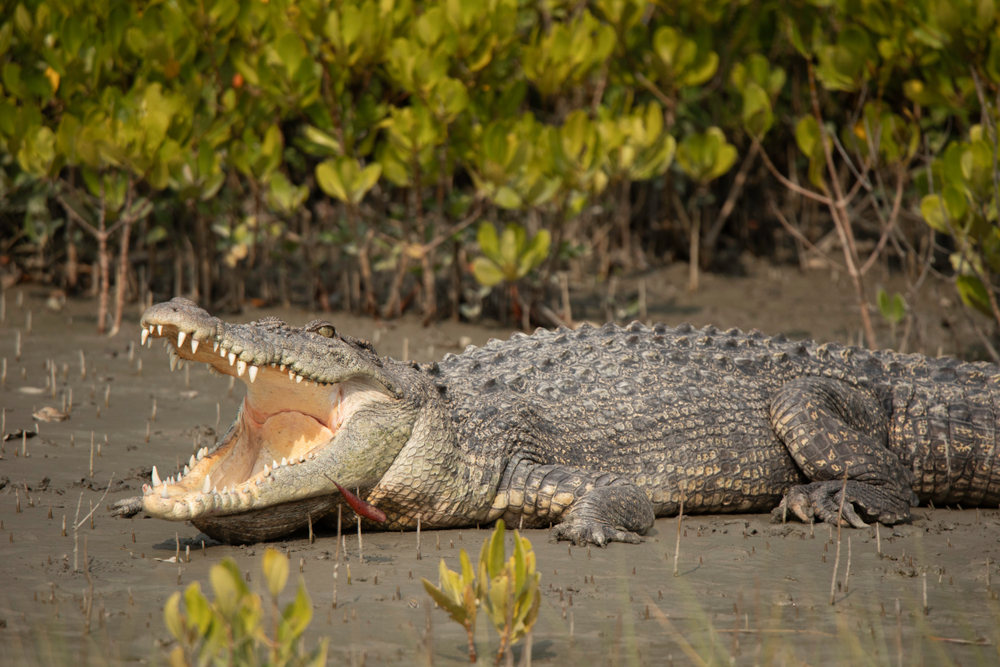
Saltwater crocodiles are the ultimate ambush predators, known for their stealth and crushing bite force. Found in tropical waters of Southeast Asia and Australia, these reptiles can grow over 20 feet long and weigh more than a ton. Their patience is terrifying—they’ll lurk silently beneath the surface, waiting for the perfect moment to strike. Once they grab hold, escape is nearly impossible. These animals don’t just command respect; they demand distance.
2. Box Jellyfish: The Ocean’s Silent Killers
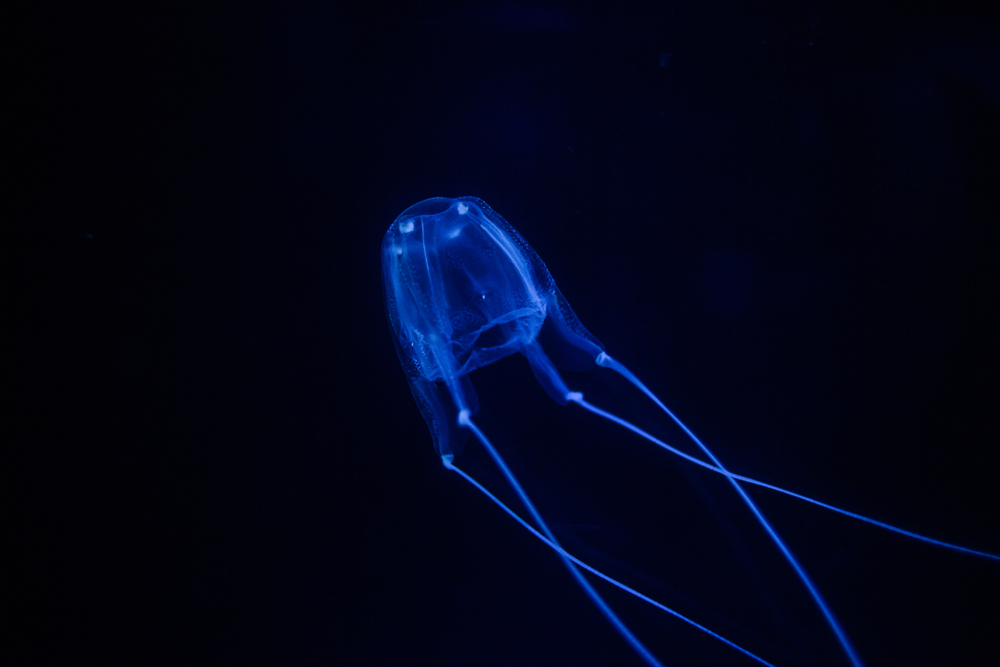
Box jellyfish might look ethereal, but their venom is one of the most potent in the world. Found in the waters of the Indo-Pacific, their tentacles can inject a toxin that causes paralysis, cardiac arrest, and death within minutes. What makes them even scarier? They’re nearly invisible in the water, making an encounter almost impossible to avoid if you’re in their territory. The safest approach: stay far away from their habitats.
3. Cape Buffalo: The Unpredictable Giants
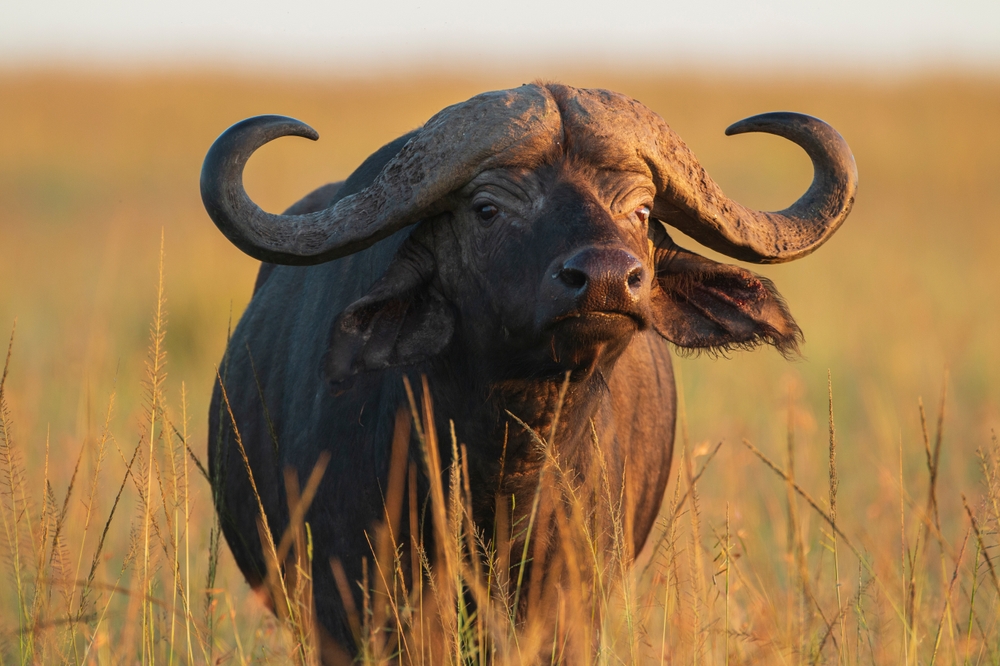
Known as the “Black Death” in Africa, Cape buffalo are fiercely territorial and extremely unpredictable. Weighing up to 2,000 pounds, they can charge at speeds of up to 35 miles per hour, using their massive horns as lethal weapons. They’re infamous for attacking without provocation, and even lions hesitate to take them on. If you see one in the wild, admire from a very safe distance.
4. Blue-Ringed Octopus: The Tiny Terror
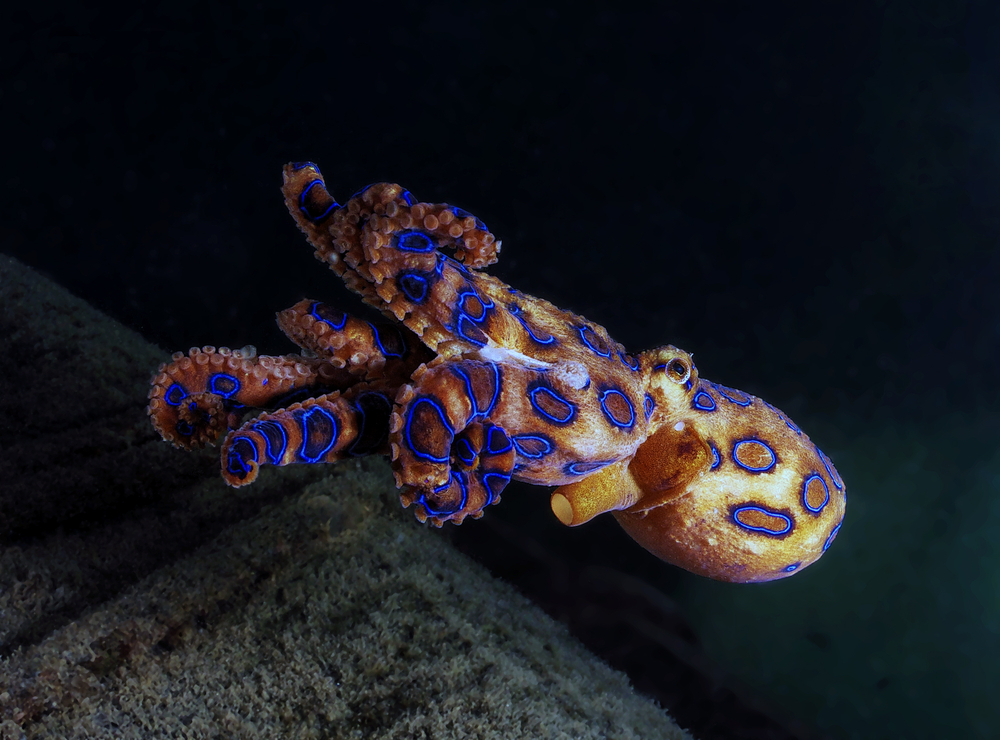
Despite being small enough to fit in your palm, the blue-ringed octopus is a venomous nightmare. Its striking blue rings are a warning sign: its bite delivers a neurotoxin that can paralyze and kill a human within minutes. Found in tide pools and shallow waters of the Pacific and Indian Oceans, they’re as deadly as they are beautiful. The best rule? Look, don’t touch.
5. Honey Badgers: Fearless Fighters
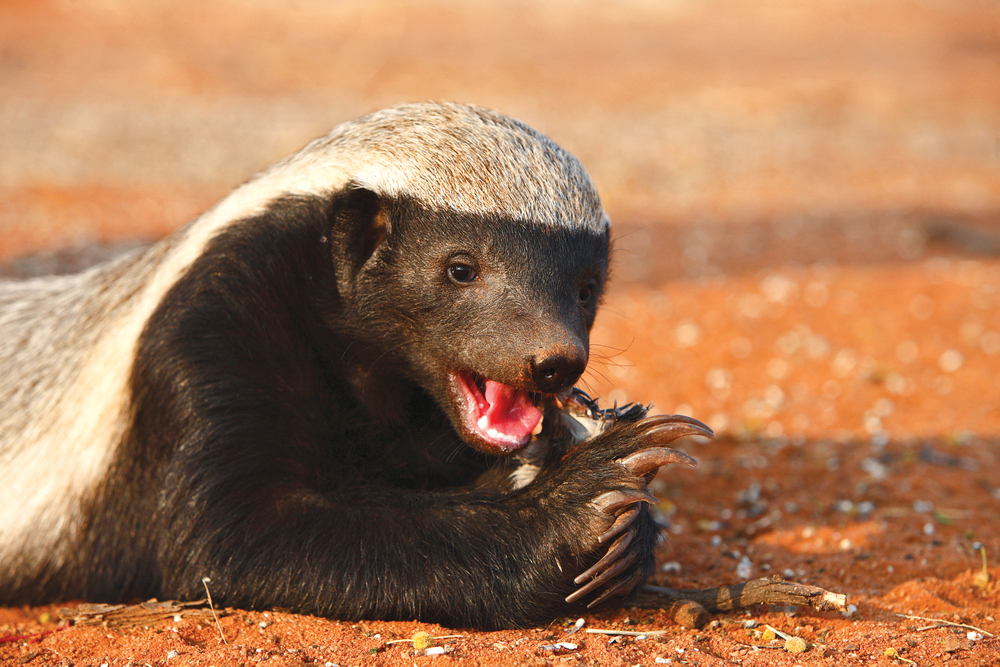
Honey badgers might be small, but they are the definition of fearless. Known for their ferocity and resilience, they’ll take on anything—snakes, lions, and even humans—if they feel threatened. With sharp claws, thick skin, and a notoriously aggressive attitude, these animals have earned their reputation as one of the most dangerous creatures to encounter. Their size might fool you, but their temperament won’t.
6. Brazilian Wandering Spiders: The Aggressive Arachnids
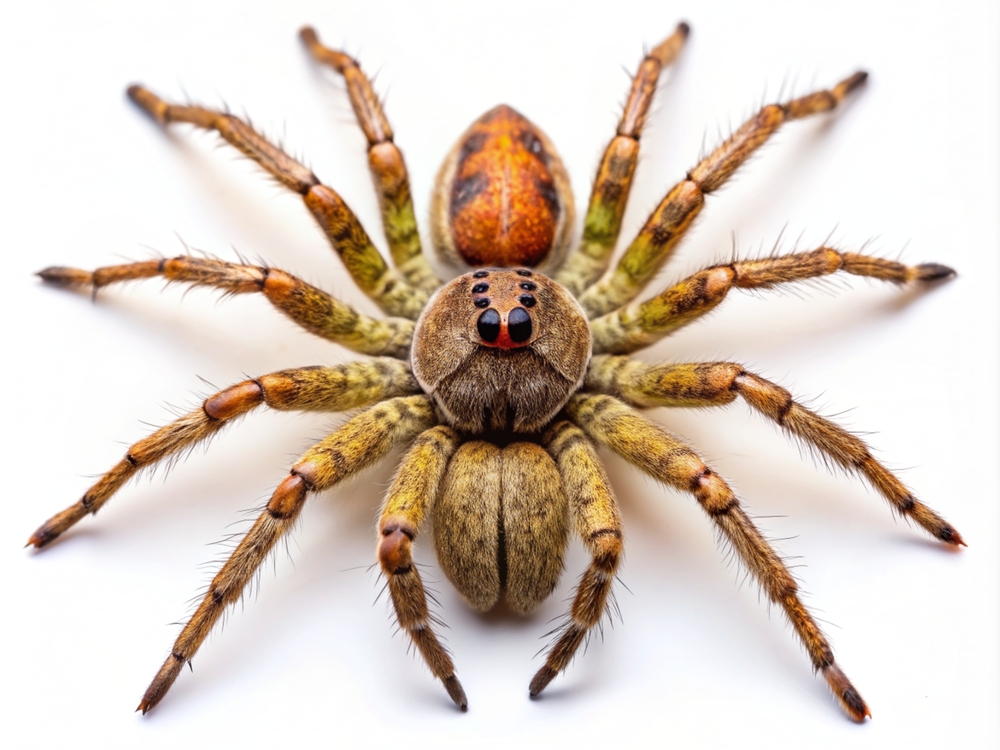
These spiders are considered the most venomous in the world, and their name says it all—they wander, often ending up in unexpected places like shoes or clothing. Their venom can cause intense pain, paralysis, and, in extreme cases, death. What makes them terrifying is their defensive nature; they’ll rear up and strike when provoked. If you’re in South America, double-check your boots before putting them on.
7. Hippopotamuses: The River’s Unexpected Killers
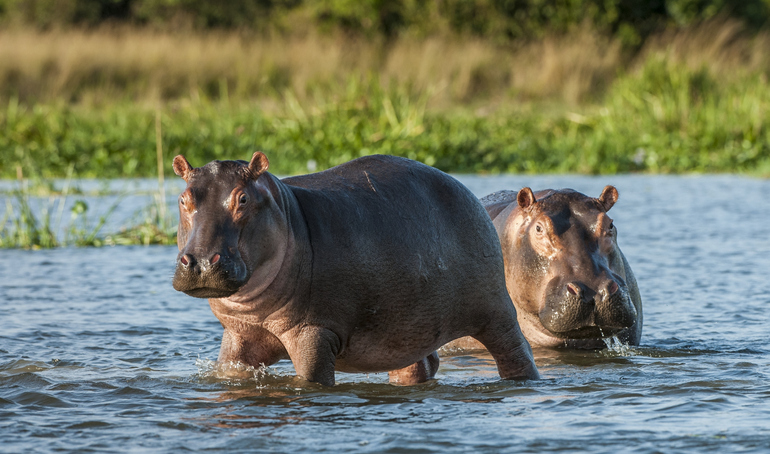
Hippos might look like gentle giants with their round bodies and wide grins, but they are incredibly aggressive and territorial. Weighing up to 4,000 pounds, they can run at speeds of 20 miles per hour and have massive jaws capable of crushing bone. Responsible for more human deaths in Africa than lions or crocodiles, hippos are a stark reminder not to underestimate seemingly docile animals.
8. Cassowaries: The Prehistoric Warriors
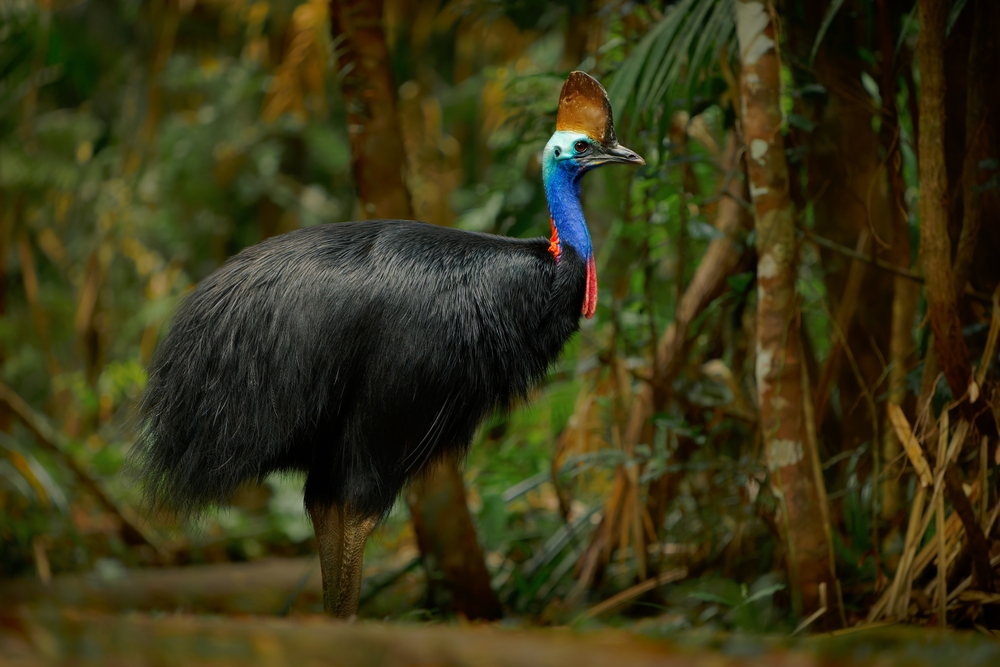
Cassowaries are large, flightless birds that look like they belong in the age of dinosaurs—and they have the temperament to match. Found in Australia and New Guinea, these birds are highly territorial and can deliver fatal kicks with their sharp claws. Standing over six feet tall, they’re as intimidating as they are deadly. Respect their space, or risk facing their wrath.
9. Stonefish: The Master of Pain
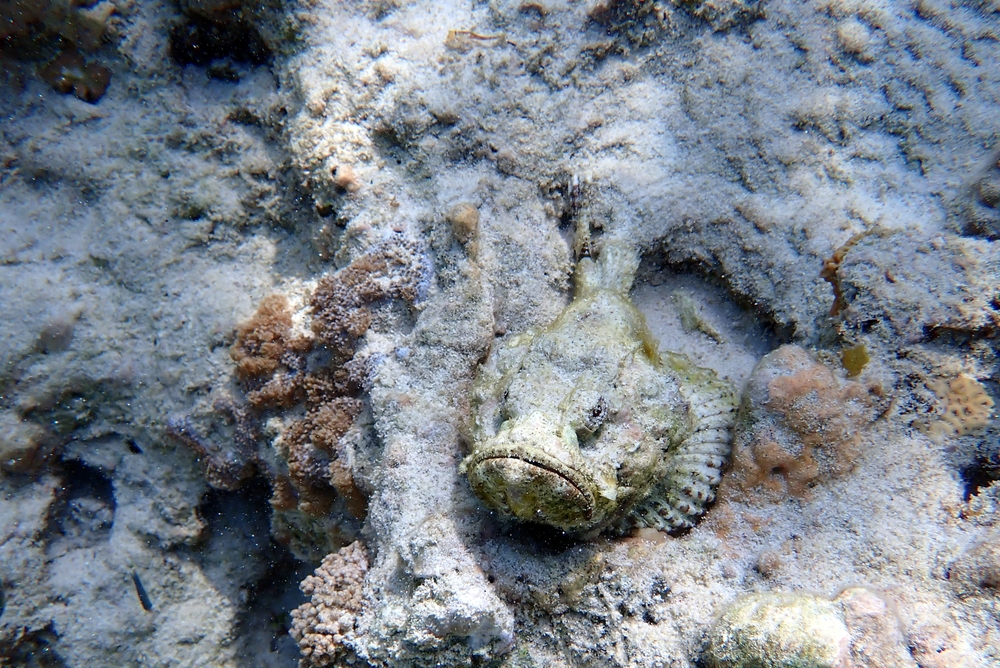
The stonefish is the ultimate master of disguise, blending perfectly into the ocean floor. Step on one, and you’ll experience one of the most excruciating pains imaginable, thanks to its venomous spines. Found in the Indo-Pacific, stonefish venom can cause paralysis and even death if untreated. The key to avoiding this nightmare? Watch where you step when exploring tide pools or coral reefs.
10. Grizzly Bears: The Relentless Predators
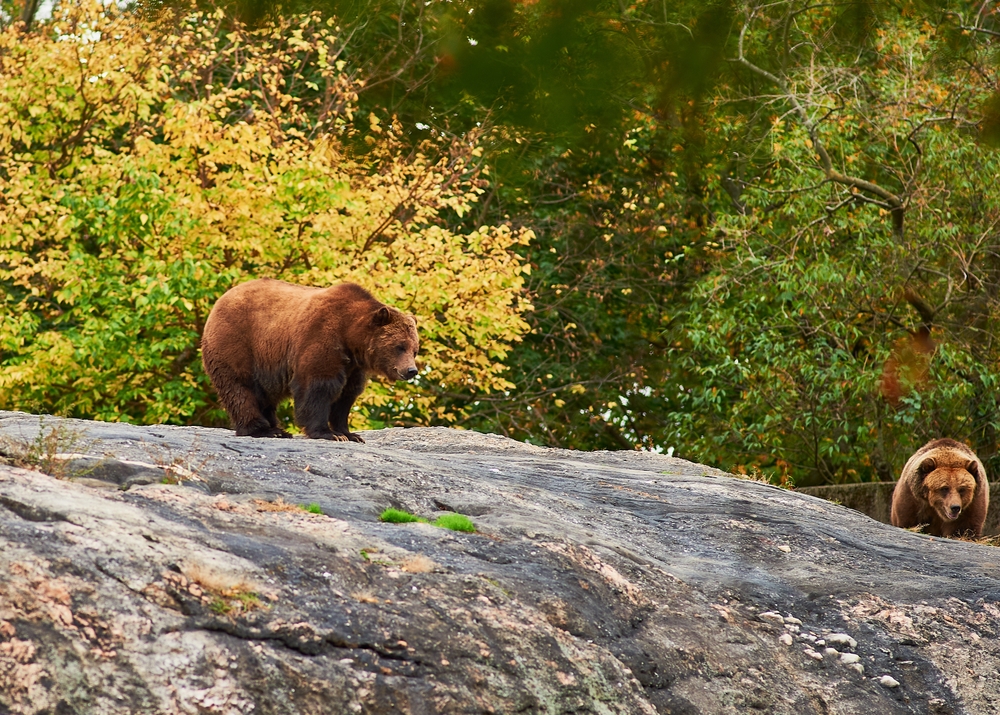
Grizzly bears are majestic, but they are also fiercely protective of their territory and cubs. Weighing up to 1,500 pounds, these powerful animals can sprint at 30 miles per hour and deliver bone-crushing bites. While most attacks occur when humans accidentally provoke them, their unpredictability makes them a force to be reckoned with. If you’re in bear country, carry bear spray and stay vigilant.
11. Cone Snails: The Beautiful Assassins
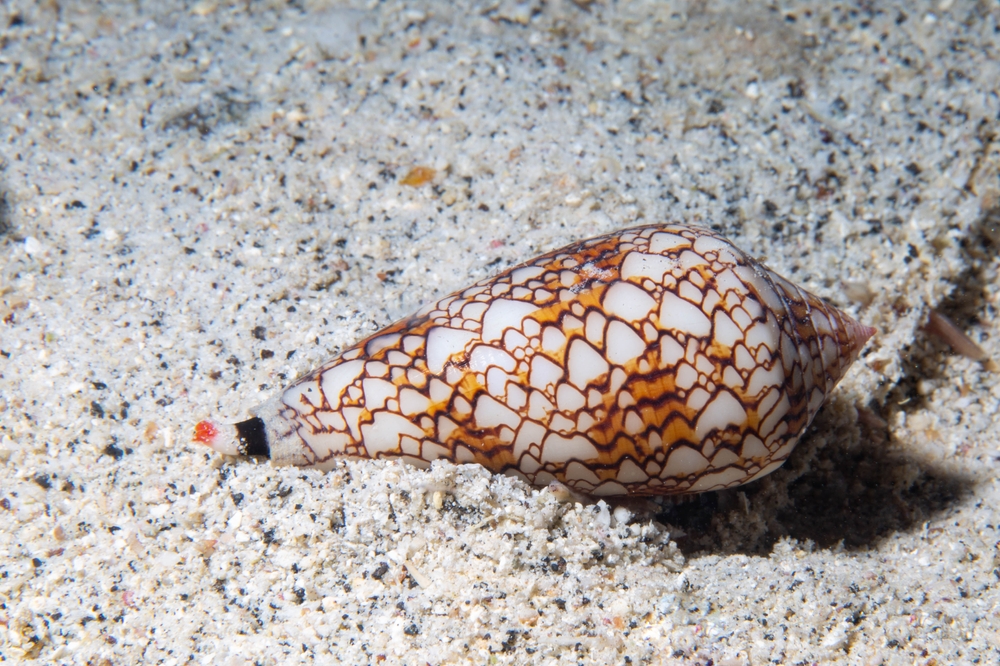
Cone snails are another small but deadly creature. Their intricately patterned shells might tempt collectors, but inside is a harpoon-like tooth filled with venom that can paralyze and kill. Found in tropical waters, their venom has no known antidote. The phrase “look but don’t touch” has never been more appropriate.
12. Tigers: The Silent Stalkers

Tigers are stunningly beautiful but incredibly dangerous apex predators. With their speed, strength, and razor-sharp claws, they can take down prey much larger than themselves. Known for their stealth, tigers can stalk their target silently for hours before delivering a fatal strike. While attacks on humans are rare, they’ve been known to occur when tigers feel threatened or are protecting their territory.
13. Komodo Dragons: The Venomous Giants

Komodo dragons are the stuff of legends. Growing up to 10 feet long, these reptiles have venomous saliva filled with bacteria and a bite force that ensures their prey doesn’t escape. Found in Indonesia, they’re opportunistic hunters that can take down animals as large as deer or buffalo. While attacks on humans are rare, their sheer size and power make them creatures you don’t want to cross.
14. Africanized Bees: The Swarming Threat

Known as “killer bees,” Africanized bees are highly aggressive and will swarm in large numbers if provoked. Unlike regular bees, they chase perceived threats for long distances, stinging repeatedly. Their venom isn’t more potent than that of a typical bee, but the sheer number of stings can be fatal. If you encounter a swarm, running and seeking immediate shelter is your best bet.
15. Electric Eels: The Underwater Shockers

Electric eels can generate up to 600 volts of electricity, enough to stun or kill a human. Found in the rivers of South America, these creatures use their electric shocks to hunt and defend themselves. While they’re not inherently aggressive, accidental encounters can turn deadly in shallow waters. Their ability to deliver repeated shocks makes them a terrifying reminder of nature’s raw power.
